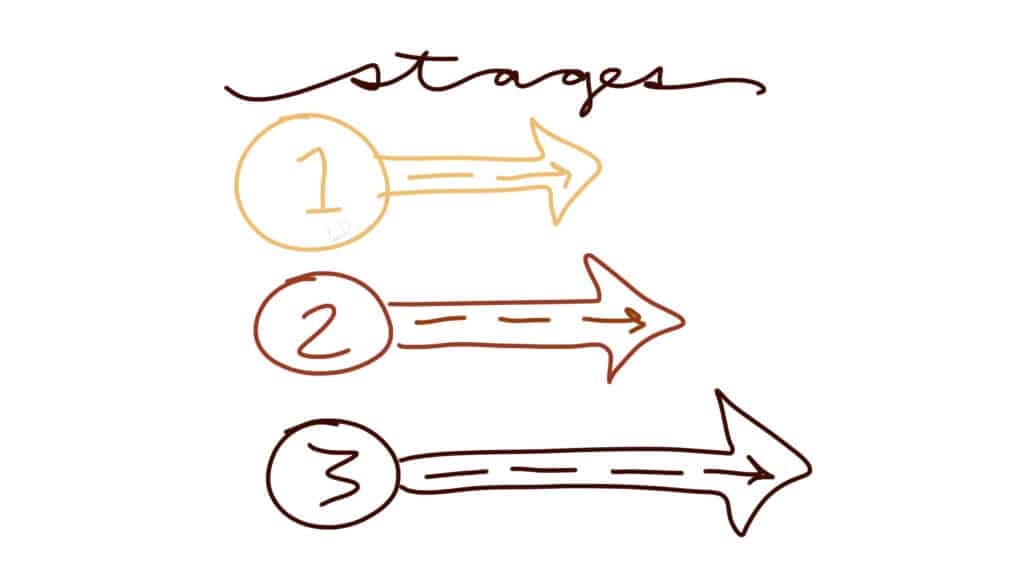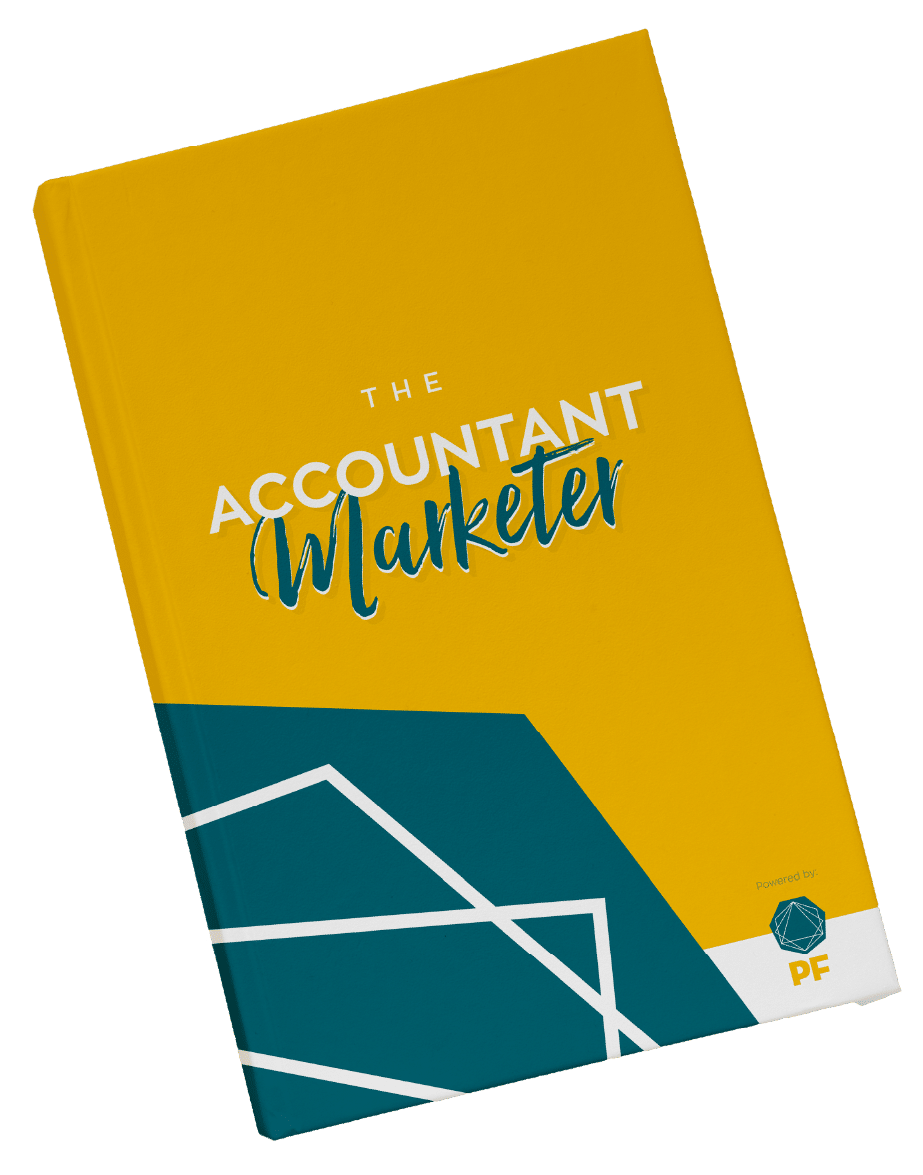Change takes adjustment: for you and for others. Whether it’s helping the team change the way you do things at the firm, or sharing systems or price changes with clients, or scaling your business: trying to make the change instantly will likely be tough.
Instant change shocks you and surprises you. And you don’t know what to do with it, so you can default to fear. Or confusion. Or reverting to the way you did things before.
One of my coaching clients is working on changing his approach with both clients and team. “Up til now I’ve been very me and company centric,” he told me. “And it’s time for that to change.”
He read the Accountant Marketer and is now working through each of the sections with me so he can apply them to his firm. But even slight changes like asking new prospects, “So, what motivated you to start this business?” is an adjustment. It’s always been accounting, bookkeeping, numbers focused. Nothing about motivations or emotions.
But we make changes because we want some kind of change to happen. This firm owner wants to get more of the kind of clients he loves working with: and that means opening up with prospects. Asking deeper questions. Listening.
This change will have an impact on the firm’s numbers. On their operations. On the conversations they have as a team.
Another change he’s considering is beginning to get his team members share questions clients are asking, to build a library of content answering these questions. The “they ask you answer” approach some of you are already long familiar with. But remember the early days when you started this, and it was new and different? Remember how long it took to make it a habit?
As we talked about how to involve the team in something brand-new for them, he considered the impact of making very tiny changes rather than dramatic ones.
Instead of suddenly holding a two-hour session gathering all the client questions and asking team members to write blog posts, he’s simply going to use five minutes of the next team meeting to introduce the concept and ask for one or two questions that a client has asked that week.
Then in the next team meet he’ll do it again. Then in the next, and the next, and the next.
He’s doing the same with the kind of conversations he has with clients. We talked about sending out emails to existing clients to offer a conversation about strategy and big picture and motivations, but after testing it with a few clients, he got no takers. They’re not used to this. It’s too big, too dramatic. So instead he will adjust gradually, in stages. In the next client meet, ask one small question. How were things in the business this week? Anything which is particularly tough for you right now? Something to start that level of conversation going. They may not answer it. They may not feel comfortable with that: and that’s okay. But the very tiny changes will be easier to accept than something dramatic.
Instead of going 0 to 100, can you stage it? 20-80, then 50-50, then 80-20…and then when you’re ready, 100-0.
What big change would you love to make? Is there a very tiny change you can start with which leads towards it?



